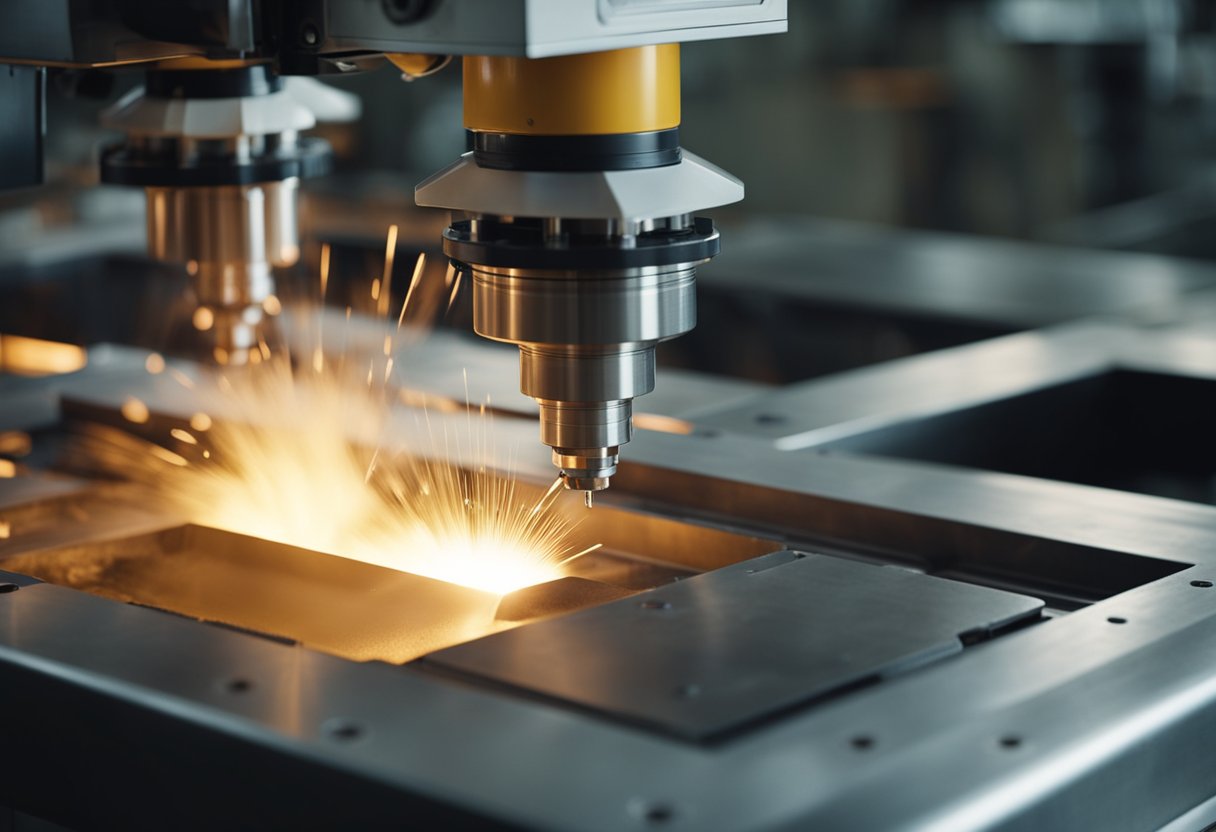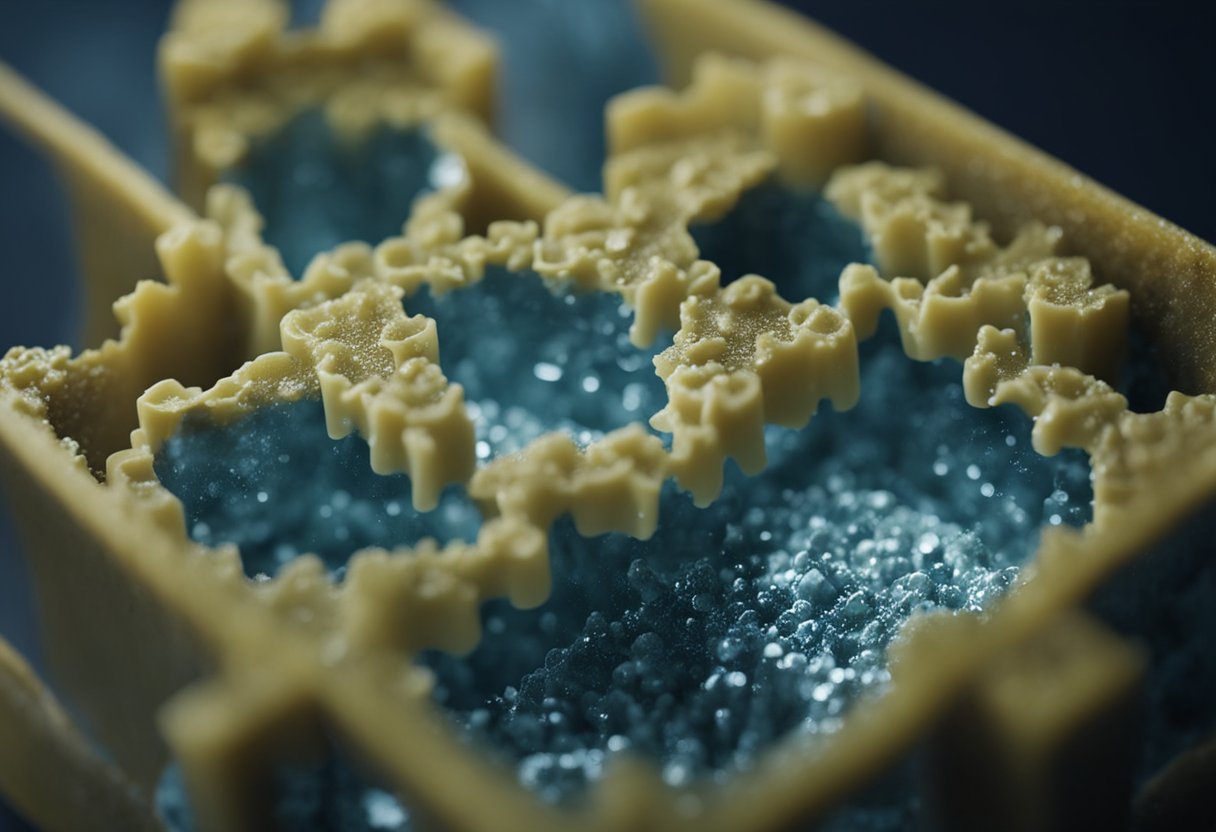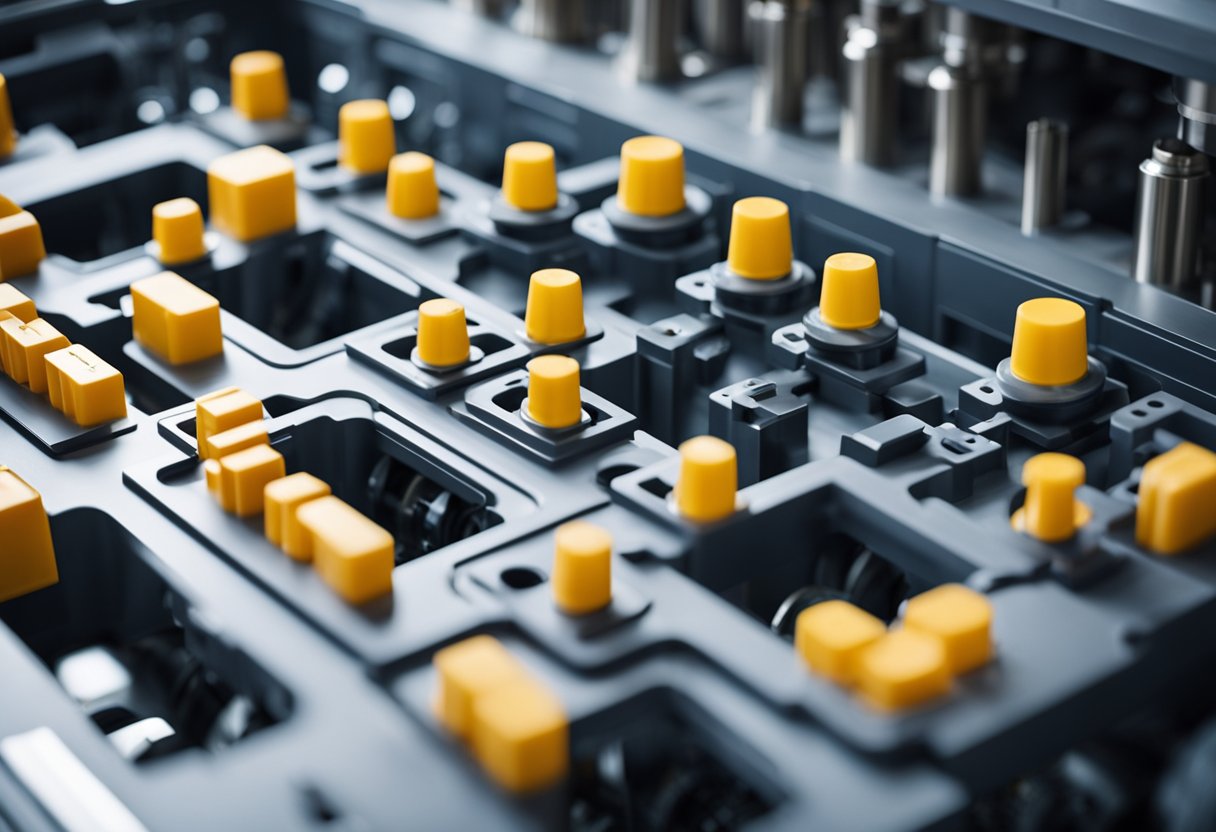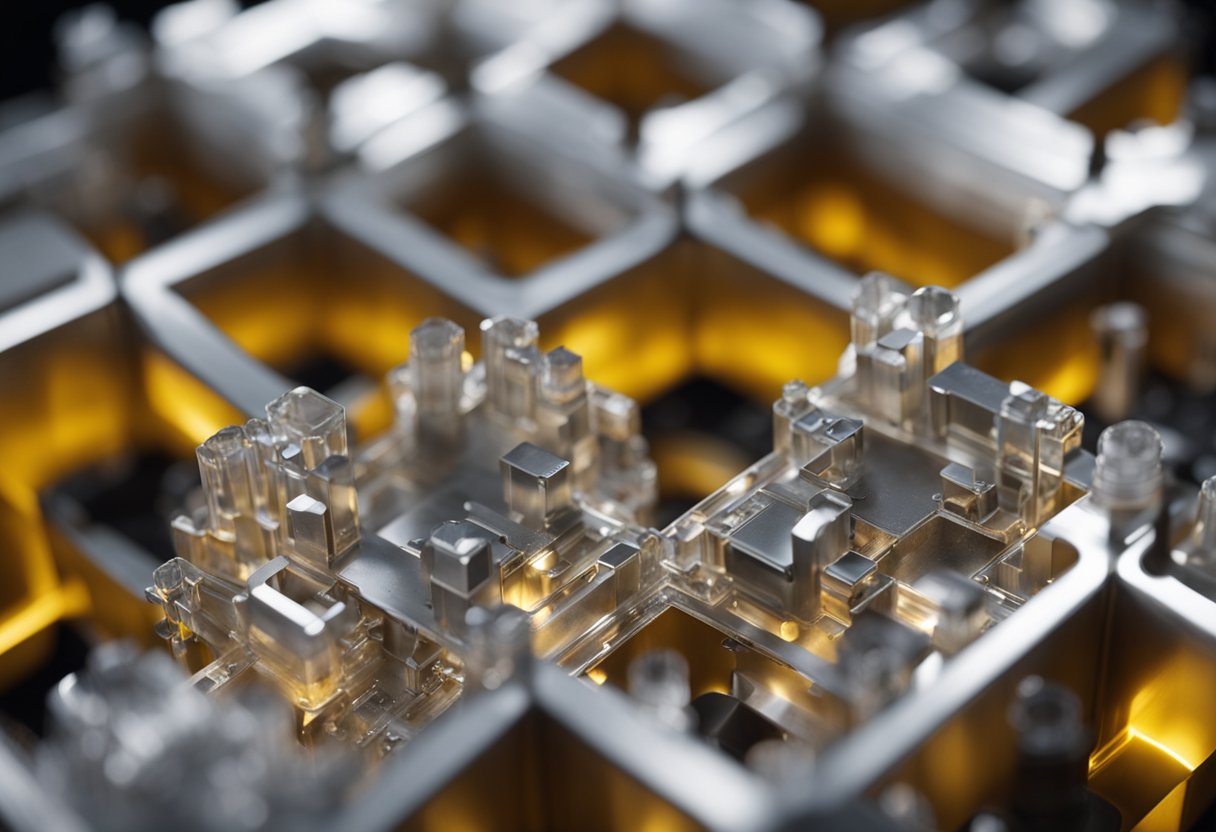If you're in the manufacturing industry, you're probably familiar with injection mold. It's a process that's used to create plastic parts in large quantities. But did you know that there's a way to create parts with undercuts, or internal features, using injection molding? That process is called collapsible core injection molding, and it's becoming increasingly popular.

Collapsible core injection molding is a technique that allows for the creation of complex, internal features in plastic parts. It's especially useful for parts with undercuts, which are features that prevent the part from being removed from the mold in a straight line. With collapsible core injection molding, the mold can be designed to release the part in a way that allows for these undercuts to be created. This technique is used in a variety of industries, including automotive, medical, and consumer goods.
Fundamentals of Collapsible Core Injection Molding

Collapsible core injection molding is a specialized technique used to produce parts with complex geometries that would otherwise be difficult or impossible to produce using traditional injection molding techniques. It involves the use of a collapsible core, which is a hollow cylinder that can be expanded or collapsed to create undercuts or other complex features in the molded part.
The process of collapsible core injection molding involves several steps, including the preparation of the mold, the injection of the resin, and the removal or collapsing of the core. First, the mold is prepared. This typically involves creating a cavity in the mold that is shaped like the desired part or product. The collapsible core is then inserted into the mold and is held in place by a center pin. The mold is then closed, and the resin is injected into the cavity under high pressure.
Once the resin has been injected, the mold is cooled to allow the resin to solidify. At this point, the center pin is removed, and the collapsible core is collapsed, allowing the part to be ejected from the mold. This process allows for the creation of parts with complex geometries, such as those with undercuts or other features that would be difficult or impossible to produce using traditional injection molding techniques.
Overall, collapsible core injection molding is a specialized technique that is used to produce parts with complex geometries. It involves the use of a collapsible core, which is a hollow cylinder that can be expanded or collapsed to create undercuts or other complex features in the molded part. By using this technique, manufacturers can produce parts that would otherwise be difficult or impossible to produce using traditional injection molding techniques.
Design Considerations

When designing a collapsible core injection mold, there are several key considerations to keep in mind to ensure that the final product meets your requirements. In this section, we'll discuss some of the most important design considerations for collapsible core injection molding.
Core Design
The collapsible core itself is a critical component of the mold, and its design will have a significant impact on the final product. When designing the core, it's important to consider factors such as the complexity of the part, the size of the core, and the materials being used. You'll also need to consider how the core will be assembled and disassembled, as well as how it will be actuated by the mold ejector plates.
Mold Cavities
Another important consideration when designing a collapsible core injection mold is the number and arrangement of mold cavities. Depending on the size and complexity of the part, you may need to use multiple cavities to achieve the desired production rate. You'll also need to consider factors such as gate location, runner size, and part ejection when designing the mold cavities.
Cooling System
Finally, the cooling system is a critical component of any injection mold, and it's especially important for collapsible core molds. Because the core must be able to collapse and expand with each cycle, it's important to ensure that the cooling system is designed to maintain a consistent temperature throughout the mold. This may require the use of specialized cooling channels or other cooling features to ensure that the mold operates effectively and efficiently.
Manufacturing Process

Collapsible core injection molding is a specialized manufacturing process that involves several stages. The process is designed to produce complex shapes and hollow parts efficiently and effectively. Here are the three main stages of the process:
Mold Assembly
The mold assembly stage involves the preparation of the mold for the injection molding process. The mold consists of two main parts: the core and the cavity. The core is designed to collapse, allowing the molded part to be ejected from the mold. The cavity is the space where the molten plastic is injected and takes the shape of the final part. The mold assembly stage involves fitting the core and cavity together and ensuring that they are aligned properly.
Injection Phase
The injection phase is when the molten plastic is injected into the mold cavity. The plastic is melted in a heating chamber and then injected into the mold at high pressure. The molten plastic fills the cavity and takes the shape of the final part. The injection phase is critical to the success of the process because it determines the quality and accuracy of the final part.
Cooling and Ejection
Once the molten plastic has filled the mold cavity, it needs to cool down and solidify. The cooling phase is critical because it determines the final properties of the part. The mold is cooled using a cooling system, which can be either water or air-based. Once the part has cooled down, the mold is opened, and the part is ejected from the mold using the collapsible core. The ejection phase is critical to the success of the process because it determines the quality and accuracy of the final part.
Overall, the collapsible core injection molding process is a specialized manufacturing process that offers a number of benefits over traditional injection molding techniques. By understanding the process and key considerations involved, manufacturers can effectively use collapsible core injection molding to produce complex shapes and hollow parts efficiently and effectively.
Applications and Materials
Plastic Types
Collapsible core injection molds are suitable for a wide range of plastic types, including thermoplastics and thermosetting plastics. Thermoplastics are the most commonly used plastic type for injection molding because they can be melted and re-melted repeatedly, making them ideal for recycling. Some common thermoplastics that can be used in collapsible core injection molding include:
- Polyethylene (PE)
- Polypropylene (PP)
- Polystyrene (PS)
- Acrylonitrile Butadiene Styrene (ABS)
- Polycarbonate (PC)
- Nylon (PA)
Thermosetting plastics, on the other hand, are cured and hardened during the molding process, making them more difficult to recycle. However, they are more heat-resistant and durable than thermoplastics, making them ideal for high-temperature applications. Some common thermosetting plastics that can be used in collapsible core injection molding include:
- Epoxy
- Phenolic
- Polyester
- Polyurethane
Industry Applications
Collapsible core injection molds are widely used in various industries, including:
- Automotive: collapsible core injection molding is used to produce parts such as door handles, dashboards, and interior trim components.
- Medical: collapsible core injection molding is used to produce medical devices such as syringes, inhalers, and implants.
- Electronics: collapsible core injection molding is used to produce parts such as connectors, switches, and housings for electronic devices.
- Consumer goods: collapsible core injection molding is used to produce products such as toys, kitchenware, and packaging.
The versatility of collapsible core injection molding makes it a popular choice for many industries. It allows for the production of complex parts with intricate designs and features, making it ideal for applications that require precision and accuracy.
Advantages and Limitations
Efficiency Benefits
Collapsible core injection molding provides several efficiency benefits. By using collapsible cores, you can produce parts with complex geometries that would otherwise be impossible to mold. This process also reduces the need for secondary operations, such as machining, which can save time and money. Additionally, collapsible cores allow for the molding of parts with undercuts, which are features that prevent the part from being ejected from the mold. By using collapsible cores, you can easily mold parts with undercuts, without the need for additional mold components.
Design Restrictions
While collapsible core injection molding offers many benefits, there are also some design restrictions to consider. One of the main limitations is the size of the part that can be molded. Collapsible cores are typically used for small to medium-sized parts, as larger parts require stronger cores to prevent deformation during the molding process. Another limitation is the complexity of the part design. Collapsible cores are not suitable for all part designs, as some designs may require additional mold components or may not be able to be molded using collapsible cores.
To summarize, collapsible core injection molding provides several efficiency benefits, including the ability to mold parts with complex geometries and undercuts, as well as reducing the need for secondary operations. However, there are also design restrictions to consider, such as the size and complexity of the part design.





